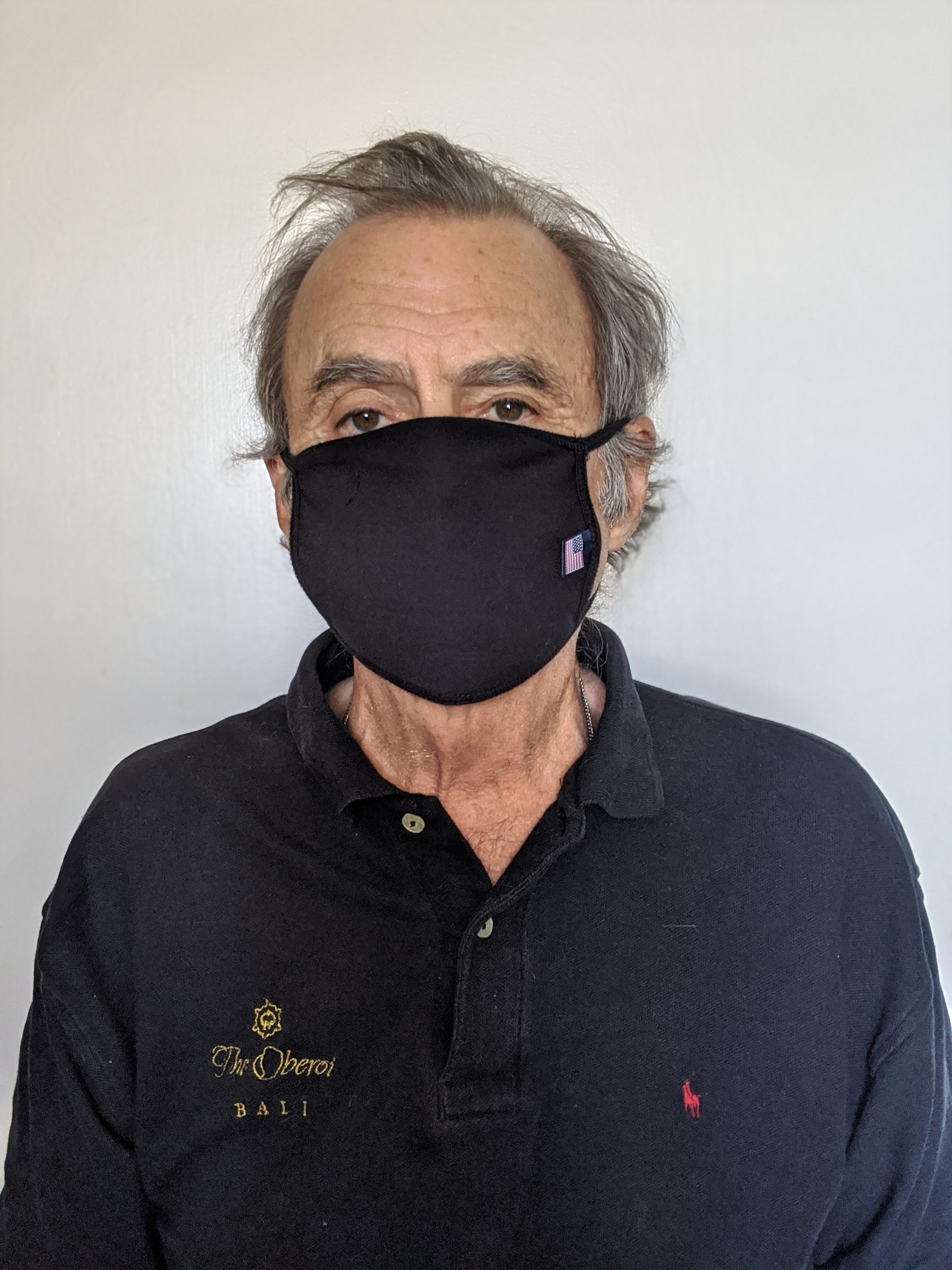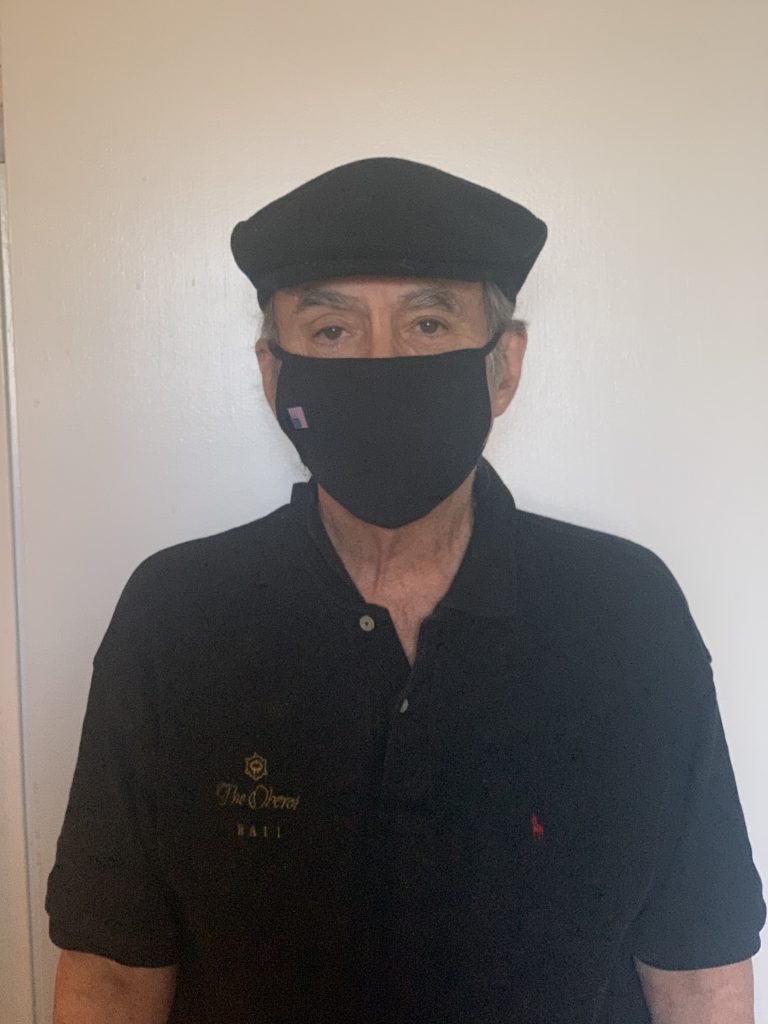My Dinner with Bianco: A Dining Adventure at Tratto

By Robert McGarvey
Reality check: I did not in fact eat with Chris Bianco, the legendary Beard award winning Phoenix chef, but I did eat Sunday night at his restaurant Tratto in downtown Phoenix.
Am I insane? Arguably so. But I think we did this cautiously, thoughtfully, and safely. So that is the story I am telling.
The stakes are high. Life or death in fact. On that same day Arizona added 11795 new Covid-19 cases, with 3677 hospitalizations, and hospital beds are just about stuffed to capacity. We are in a bad space and it will only worsen over the next two or three months.
I’m also aware that many places – New York included – have again shut indoor dining. There is no denying the risks are real, especially indoors.
So why did the wife and I decide to go out to eat Sunday? It was a birthday celebration, we honestly have not been to a table cloth restaurant in 9 months (and just two casual joints in that time span), and we both had immense curiosity about what Bianco is doing at Tratto, his fine dining establishment (he mainly is known for pizza).
The question came into focus because a few months ago Bianco moved Tratto from an upscale midtown location to a down at its heels location on Van Buren in downtown Phoenix where the eatery is surrounded by used car lots (“Your job is your credit report!”). It’s not a dangerous location, just bleak.
But the restaurant Bianco has created is gorgeous. Big, sprawling, a lovely setting for socially distanced dining.
There’s also – and this sold us on eating there – a big patio. No indoor dining for us.
We also got a 5:10p dining time, when our best guess was that the place would still be empty.
Even so, we did not go there without much thought. And we decided to walk there – 3.7 miles distant from our home – because that just seemed safer than Uber or the lightrail (and we knew we’d have a couple tipples so driving was crossed off the options list).
The walk was in lovely 60 degree weather, few on the streets, no need to wear a mask because we saw pretty much no one.
At the restaurant, the staffer at the reservations desk quickly takes the temperatures of diners. We passed that muster and were shown to our table.
Out in the big patio there was only one other two top with diners.
(Inside, in the huge restaurant, I believe three two tops were occupied. There was ample space for social distancing.)
Mask wearing on the patio was observed, except when eating or drinking.
What if there had been many more diners and mask scofflaws reigned? The feet that had taken us there would just as surely take us home and so they would have.
But that wasn’t necessary. Not with few diners and mask wearing.
This is about a restaurant meal so, yes, there was food. Lots of it.
To start a negroni. I do not know what Bianco’s mixologist uses – it’s not the standard recipe (gin, Campari, sweet vermouth) but it is damn good. So good I had two waiting for the food to come to table and I do not usually drink cocktails.
I’m sure Bianco would accommodate a traditionalist who insisted on the regular negroni recipe. But don’t. Go with this alternative. It’s a more sophisticated drink.
The Tratto negroni sets the tone. What’s served is familiar but, well, different.
For starters, we had “Little Gem Lettuce in Roasted Shallot Vinaigrette with Shave four-year Parmigiano Reggiano” and “Blue Sky Farms Fennel & Radicchio in Crow’s Dairy Quark with Persimmon, Pomegranate, AZ Pistachios & Honey.”
Bianco likes local products, but isn’t slavish about it, and he likes to mix unlikely ingredients (persimmon, pomegranate, pistachio). The salads are fresh, familiar but also exotic. No tomato, you notice, but how hackneyed is that combo?
Servings are plentiful for sharing.
Followed by tagliatelle with braised short rib ragu. Thick, lovely ribbons of what I believe is housemade pasta. The short rib is a condimento, the pasta is not drowned in the ragu, it is sparingly sauced to let the noodles star. Lovely shaved parm on top.
Followed by “Roasted Blue Sky Farms Carrots with Grilled Spring Onion, Honey, Dill Salsa Verde, Quark, Crispy Garlic, Chili Oil” and a second dish of “Poached Blue Sky Farms Cabbage with Aioli & Bread Crumbs.”
The cabbage is charred, the carrots are poached to a natural sweetness. Get the dishes together. It’s a perfect vegetable plate when paired.
What for dessert? Nothing. We were full and it was time to hit the road before more diners trickled in. And we had a walk in front of us.
Are we still healthy and Covid free? So far and I doubt that will change. If it does, you will hear about it. Promised.
But here’s the takeaway. Restaurant dining may still be safe when you pick the right venue – with an outdoor option! – and the right, slow time slot. Wear a mask except when eating and drinking.
None of this is rocket science. But it just may keep us safe while we still enjoy a well chosen restaurant outing.
